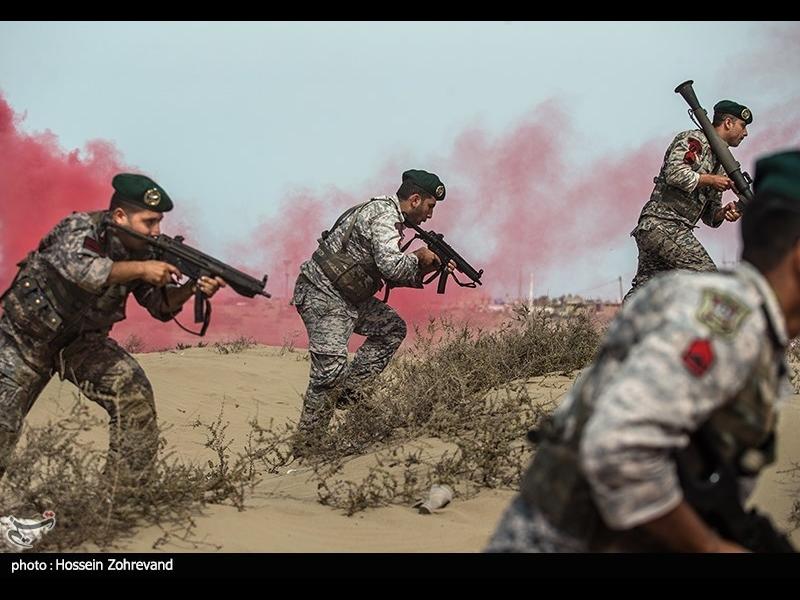
Iran Warns US Aircraft To Keep Distance From Military Exercises In Sea Of Oman
As Iran’s military exercises began September 10 in the Sea of Oman, the spokesperson of the navy warned non-regional foreign military aircraft to keep their distance from the theater of operations comprising 2 million square kilometers, including northern Indian Ocean.
Vice Admiral Shahram Irani, the spokesperson of Zolfaghar 99 military exercises was quoted as saying by Fars News agency that since September 9 Iran has been warning manned and unmanned non-regional foreign aircraft flying near the theater of the exercises to keep their distance.
The United States maintains extensive naval and air power in the region and Iran has always insisted US forces should leave the overall area south of its borders, meaning the Persian Gulf and the Sea of Oman.
The huge area of operations Iran has designated mostly includes international airspace, where flights of military aircraft belonging to any nation are allowed to take place. Military aircraft are not even obligated to coordinate with respected air traffic control zones, as civilian flights should, according to the UN Convention on the Law of Sea.
Moreover, Iranian drones and boats have constantly approached within a few hundred meters of US Navy vessels in international waters over many years, without provoking an attack.
The Iranian navy’s spokesman claimed that after the warning yesterday, Iran witnessed a change of behavior by US drones. This statement might be intended to highlight Iran’s power and portray its military to be in par with US forces.
Vice Admiral Irani also claimed that Iranian aircraft and drones have been conducting reconnaissance flights over the area and warning non-regional aircraft to leave the theater of military exercises. He added that American drones have been active trying to collect information on Iranian operation during the drills, something common among countries.
The Zolfaghar 99 drills are "on a large scale" and a joint maneuver between different units, IRNA quoted the army as saying. Surface vessels, submarines, air force and naval aircraft are involved in what the announcement dubs “Lasting security in the shadow of defensive power”.
Tasnim ews agency close to the Islamic Revolutionary Guard reported that amphibious operations were also conducted during the drills, although Iran’s capabilities in amphibious landings are quite modest.
Fars also reported that area of exercises during the amphibious landings was under “complete” control of its air cover, with close coordination between radars, aircraft and drones.
The Iranian exercises come three weeks after joint live fire drills by US and United Arab Emirates forces in the region. The US Navy said in August the exercises involved the UAE's Joint Aviation Command and the US Naval Forces Central Command, US Air Forces Central Command and US Special Operations Central Command in air operations supporting maritime surface warfare.
Earlier in the spring, US and Emirati forces held a joint integration exercise in the region, involving the US Army, Navy and Air Force.




